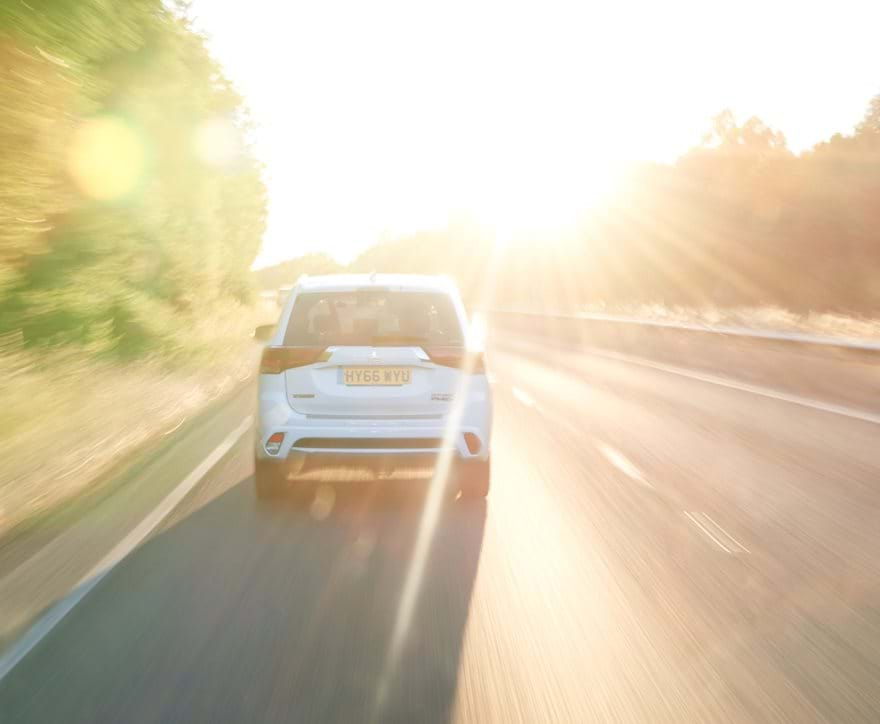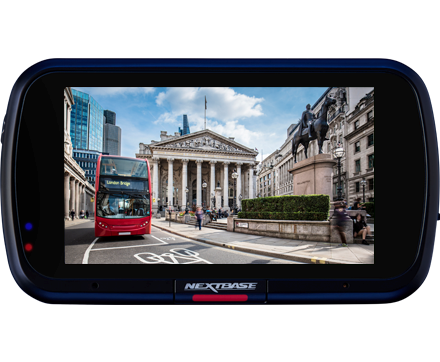High Dynamic Range
What is HDR?
High Dynamic Range (HDR) sets about improving the contrast in an image while maintaining clarity. HDR improves image quality with better contrast, greater brightness and enhances the colours seen, taking multiple images at different exposures to give the best results.

HDR can be particularly important in a Dash Cam in helping produce vibrant and clear imagery, ultimately resulting in enhanced footage. When driving at night time and in low light levels, HDR can significantly improve image clarity. It will record multiple exposure levels for each frame and conduct tone mapping to ensure the optimum footage is recorded.

Bright sunlight
HDR images can present a greater range of luminance levels than can be achieved using only Standard Dynamic Range (SDR) in many real-world scenes containing very bright, direct sunlight to extreme shade. This is often achieved by capturing and then combining several different, narrower ranges and exposures of the same area.
Exposure value (EV) differences
In Dash Cams, dynamic range is measured in exposure value (EV) differences. An increase of one EV represents a doubling of the amount of light. Conversely, a decrease of one EV represents a halving of the amount of light. Therefore, revealing detail in the darkest of shadows requires high exposures, while preserving detail in very bright situations requires very low exposures. Most Dash Cams cannot provide this range of exposure values within a single exposure, due to their lower dynamic range.

This improvement to higher-end Dash Cam models ensures crisp images with as much detail as possible being captured in the varied weather, light and road conditions. The feature ensures images captured in all conditions can be utilised as an independent witness during insurance claims.

